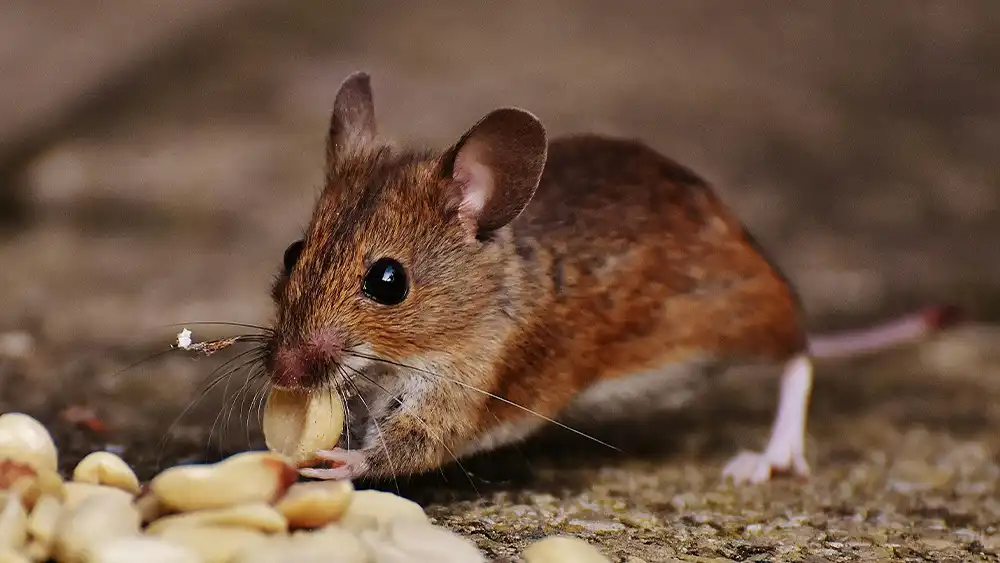Pest Control in Retail and Commercial Settings: What You Need to Know

Effective pest control is essential for maintaining a healthy and safe environment in retail and commercial settings. These spaces not only attract customers but also house valuable inventory and sensitive areas that must be protected from pests. Species such as rodents, insects, and other vermin can compromise both product integrity and customer safety, resulting in financial losses and damage to reputation. Understanding the types of pests that commonly infiltrate these environments, along with the best practices for prevention and treatment, is crucial for business owners and managers. This guide will cover key aspects of pest control specifically tailored for retail and commercial establishments, ensuring that you are well-equipped to safeguard your operations.
Understanding Common Pests in Retail and Commercial Settings

Retail and commercial environments can be susceptible to a variety of pests, each posing unique challenges. Rodents, including rats and mice, are notorious for infiltrating these spaces, attracted by the availability of food, bedbugs and shelter. These pests can chew through packaging, contaminate merchandise, and even cause structural damage. Additionally, insects like cockroaches and ants can proliferate quickly, often going unnoticed until a significant infestation occurs. Store owners must be vigilant in recognizing the signs of these common pests to act swiftly before they escalate.
Other pests such as termites and flies can also disrupt business operations. Termites can silently damage wooden structures and displays, leading to costly repairs. Meanwhile, flies are more than just a nuisance; they are carriers of various diseases that can compromise customer health. It is imperative for business owners to have a thorough understanding of these pests and the specific risks they pose to their establishments. An exterminator in Braintree, MA, or somewhere near you can be a valuable resource in identifying and dealing with pest problems. If you suspect a pest infestation, it is best to contact a professional immediately.
1. Preventative Measures for Pest Control
To effectively prevent rodents, it’s essential to seal up potential entry points in your retail or commercial space. Start by thoroughly inspecting the property for gaps, cracks, and holes in walls, floors, windows, and doors. Seal these vulnerabilities using rodent-proof materials like steel wool, caulk, or specialized sealants. Pay close attention to areas around plumbing, electrical wires, and vents, as these are common access points for rodents. Ensure that all windows and doors are properly fitted with screens and weatherstripping to block potential entry. By sealing these areas, you create a formidable barrier against rodent infestations.
Staff training is another crucial element of an effective pest control strategy. Employees should be aware of best practices for food handling, cleanliness, and immediate reporting of any pest sightings. Encouraging a proactive approach amongst staff can help maintain a pest-free environment and ensure that any issues are addressed before they escalate. Collaborating with a pest control professional for routine maintenance and inspections can also provide an added layer of assurance.
2. Treatment Options for Infestations
When an infestation occurs, swift and appropriate action is necessary to mitigate damage. Various treatment options are available, ranging from chemical treatments to more environmentally friendly solutions. Commercial pest control companies often offer integrated pest management (IPM) approaches that incorporate prevention, monitoring, and control strategies tailored to the unique needs of the business. This holistic method not only addresses existing infestations but also aims to prevent future occurrences.
It’s essential to choose treatment methods that are safe for both customers and employees. This means being mindful of the chemicals used in the process and their potential impact on health. Businesses should communicate with pest control professionals to understand the implications of the treatments being applied and any necessary precautions that may need to be taken in the affected areas.
3. Post-Treatment Follow-Up and Monitoring

Once treatment has been administered, ongoing monitoring and follow-up are vital for ensuring long-term success. Establishing a schedule for regular inspections can help detect any signs of returning pests before they become a significant problem. This includes checking for new signs of activity, as well as ensuring that preventative measures remain effective. Keeping detailed records of pest sightings and treatments can assist in understanding patterns and identifying potential weaknesses in current strategies.
Creating a culture of awareness among staff members is essential in the post-treatment phase. Employees should be encouraged to remain vigilant and report any new sightings immediately. Regular training sessions can reinforce the importance of pest control and maintain focus on the shared responsibility of keeping the establishment pest-free. By combining these post-treatment efforts with ongoing communication with pest control professionals, businesses can effectively safeguard their environments from future infestations.
Conclusion
Proper pest control management in retail and commercial settings requires a proactive approach that includes preventative measures, swift action when infestations occur, and ongoing monitoring and follow-up. By understanding the common pests in these environments and working closely with pest control professionals, businesses can ensure a safe and healthy environment for their customers and employees while protecting their assets.

news via inbox
Sign up and never miss out on the latest news and updates at HighStuff



